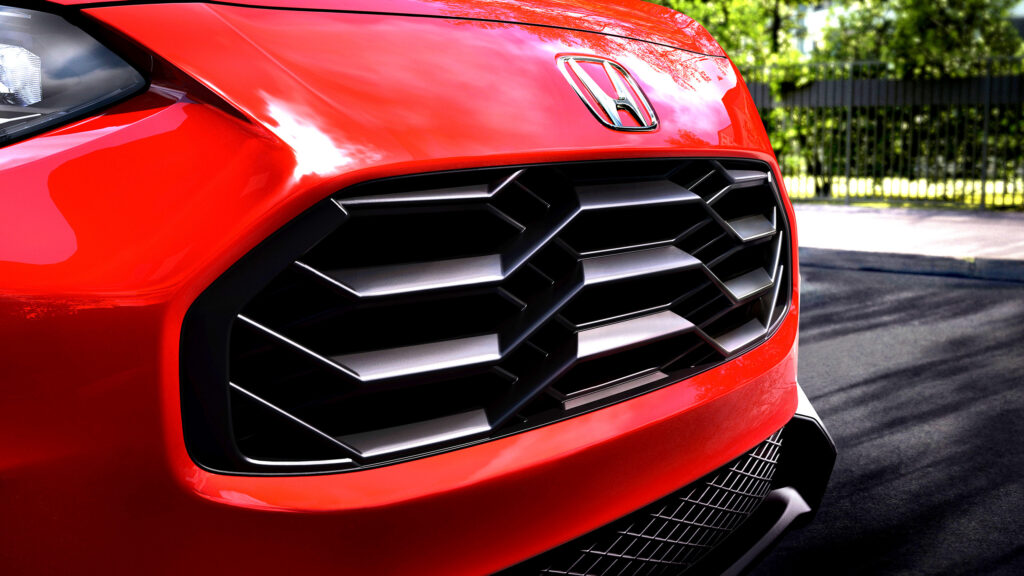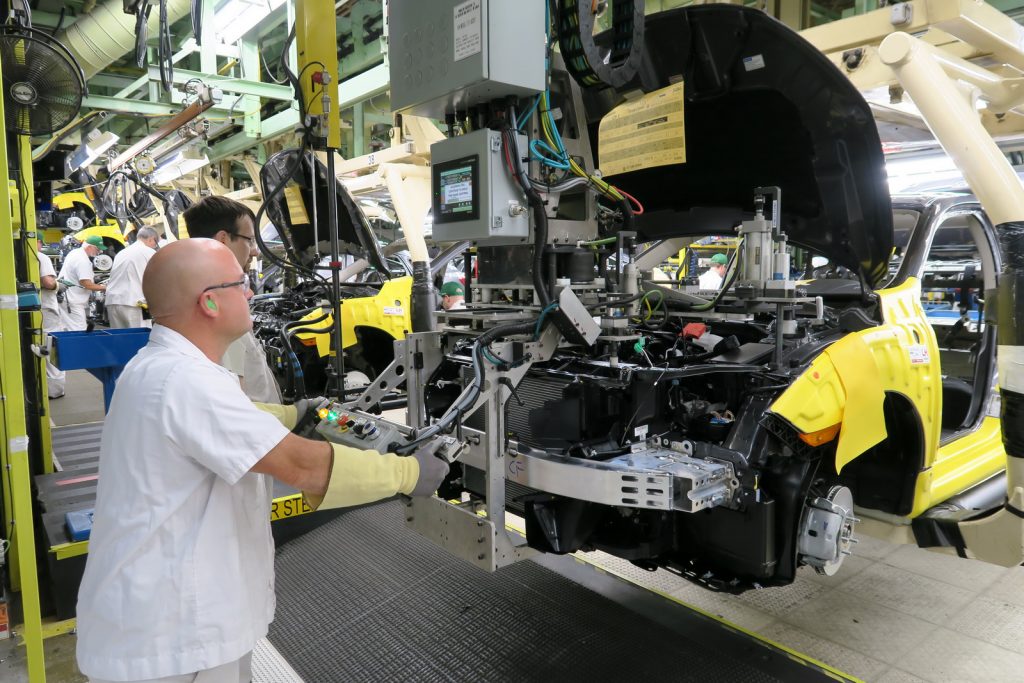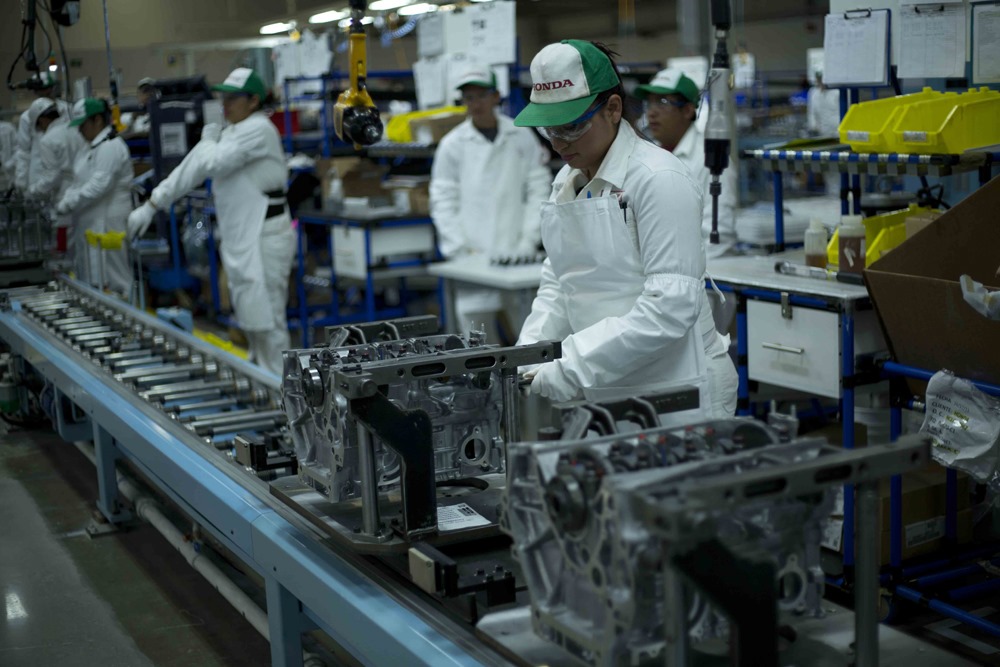Honda’s Plan

In the ever-shifting landscape of global trade, automakers are re-evaluating their strategies. With tariffs causing all sorts of disruptions, companies are looking for ways to keep costs down and competitive edges sharp. Honda, a key player in the automotive market, has set its sights on ramping up its U.S.-based production. Right now, about 70% of the Hondas sold in America are built on American soil, but that number might climb as high as 90% in the coming years.
Current Status

Honda’s U.S. sales are significant, accounting for approximately 40% of the company’s global sales. To put it in numbers, that’s around 1.42 million vehicles annually. Models such as the Accord, Pilot, Odyssey, and Ridgeline are already primarily built stateside. The goal is to expand this approach, particularly by relocating production of popular models like the Civic and CR-V from Canadian factories to sites within the U.S. Furthermore, the HR-V, which is currently assembled in Mexico, is expected to share the same fate, shifting north to the U.S.
Shifting Gears

To facilitate this increase in local production, Honda is not just moving existing operations but also planning on expanding capacity. This could mean transitioning from a two-shift production system to a three-shift one, as well as hiring additional workforce to support the increased demand. The idea is more than just positioning; it’s a tangible strategy to dodge potential tariff repercussions and streamline manufacturing logistics.
Comparisons
Not every automaker is embracing the same strategy. While Honda pushes for more local production to safeguard against tariffs, other companies are taking various approaches. Audi and Jaguar Land Rover have halted U.S. exports entirely, while Mitsubishi is opting to delay shipments. Meanwhile, Hyundai and Nissan are also considering enhancing their stakes in American manufacturing. But in terms of taking proactive steps toward reducing import dependence, Honda’s strategy is certainly commendable and forward-thinking.
Driving Experience
In terms of driving experience, Honda vehicles are renowned for their reliability and smart engineering. Models like the Civic and CR-V provide a solid and smooth ride, embodying a comfortable balance between performance and practicality. Compared to counterparts like the Toyota RAV4 or Nissan Rogue, Honda’s models stand out with their user-friendly technology interfaces and impressive resale value. The HR-V, once relocated to the U.S., is expected to levitate these qualities, promising a well-rounded package for everyday driving needs.
The Road Ahead
For Honda, increasing U.S. production isn’t just about avoiding tariffs—it’s about aligning closer to its key market. Doing so may also fortify the brand’s identity in America, highlighting the company’s commitment to the market and potentially enhancing brand loyalty. As with any strategic shift, the true test will be in execution, but if successfully implemented, Honda could indeed set a strong precedent in the auto industry.
Corvette Joins Patrol
Carbon Fiber Clash
Fuel Choice Guide
Slate's $25K EV Truck
Mustang Mach-E GT 2024